Discover the secrets of Italian dining, learn about regional dishes, wine and coffee culture, and how to navigate menus like a local.
Walking into an Italian restaurant in Italy for the first time can feel both exhilarating and a little bit scary. The Italian dining experience can look like a carefully arranged and very internal performance to an outsider. From knowing when a double espresso is appropriate, to what the various headlines on the menu stand for, understanding some of the basic customs of dining in Italy will help you feel more confident on your trip – and give you an edge when it comes to finding secret restaurant gems and regional dishes you should taste.
In this article, we’ll break down these customs, making them easier to understand for first-time travelers.
“There’s nothing more romantic than Italian food.” – Elisha Cuthbert
So, let’s go on an exploration of la dolce vita, featuring a tour of the unique qualities of some regional dishes, an easy-to-understand guide to meal timing, how to order coffee and wine, and an explanation of how to understand some of the more mysterious menu items.
Once you learn the ropes, you will be able to dine like an Italian local in no time.
What We’ll Cover in This Article:
-
Food Ordering Etiquette in Italy: Dos and Don’ts
-
Do I need to Tip at Restaurants in Italy?
-
How to Identify Good and Authentic Restaurants in Italy
-
Mastering the art of ordering coffee in Italy
-
Regional Cuisine Highlights: The Rich Flavors of Italy
-
Drinking Like a Local: Understanding the Italian Wine List
-
When to Order What: Timing Your Meals Like an Italian
-
10 Must-Try Dishes When You Travel to Italy
-
Five Delicious Under the Radar Italian Dishes that you Should Try in Italy
Understanding the Italian Meal Structure: From Antipasti to Dolci
Italy’s picturesque landscapes and warm sunshine may first come to mind when thinking about this beautiful country, but let’s be honest, for many travelers, the big draw lies in its cuisine. The Italian meal structure is deeply steeped in tradition, with each course serving its own purpose
Antipasti
The meal starts out strong with the antipasti. Not just an appetizer, but truly where the soul of Italian cuisine lies, and where local variations all impart their on spin on your meal. Kick off with a savory spread of local cold cuts like prosciutto and salame, or an array of marinated or grilled vegetables like artichoke hearts and mushrooms. You might also find yourself dabbling in some crostini topped with fresh tomato and basil or a soft creamy ricotta salad. And if you feel overwhelmed, look for classics like carpaccio or vitello tonnato – always delicious.
Primi
Then it’s time for the primo, or first course. Think warm, comfort food that can stand alone but chooses not to. A classic choice is a steaming plate of pasta, which comes in different shapes and sizes – farfalle, tagliatelle, or penne – tossed in a bold and flavorsome ragu or a smooth carbonara sauce. This is where you would also go for something like a risotto scented with saffron or a brothy minestrone loaded with seasonal vegetables.
Secondi
We then move the secondi, a veritable homage to the bounty of the sea and land. It’s elegant in its simplicity. What’s on the pedestal here? A piece of succulent grilled fish, perhaps a fillet of seabass, the classic steak Fiorentina, or how about a hearty osso buco, slow-cooked veal shanks giving you a rich, velvety mouthful with every bite?
Contorni
The contorni slips in here, a side dish to the main course. We’re talking vibrantly colored, freshly sautéed zucchini or a refreshing caprese salad, ripe tomatoes layered with creamy mozzarella and basil leaves, or maybe a serving of creamy polenta. This is what completes your Secondo.
Dolci
At this stage, you’re likely to start feeling the impact of all the dishes that came before – but it’s not over yet. It’s time for dolci. Desserts, oh sweet Italian desserts! Who can resist a light-as-air tiramisu, its espresso-drenched savoiardi cookies layered with mascarpone cream, or a crispy-shelled, ricotta filled cannoli? Then there’s a scoop, or two, of the much-loved gelato.
Fromaggio, Frutta, Caffè
To gracefully exit stage left, we have the formaggio e frutta and caffè. A delicate selection of regional cheeses paired with fresh, succulent fruits offers a simple, yet satisfying finale. Alternatively, mellow out the sweetness with a strong and robust espresso, an integral part of the joy that is Italy’s gastronomic story.
Food Ordering Etiquette in Italy: Dos and Don’ts
By now, you’ve nestled into your seat, soaked in the ambiance, and a menu is firmly in your hands. Fabulous. But hold your horses right there. Before you get bold with the menu and wave the server over, let’s explore a few essential dos and don’ts to ordering food in Italy. It isn’t quantum physics, but these small nuances can pivot your dining experience from good to stellar.
Alright, let’s start with the dos. Do embody the local behavior. In Italy, dining isn’t just a function of filling up an empty stomach. It’s a central part of the cultural fabric, from the selection of the dishes to the art of subtly getting the server’s attention with a polite “Scusi”. Observe the native eaters, follow suit, look at what they are ordering, and voila, you blend right in. Guess what? They know what’s good at that particular restaurant, so why not piggyback off their experience. Stumbling over the pronunciation of a dish? Don’t worry. Ask away. Italians have a love for their cuisine and take pride in helping others understand it.
Next up, the don’ts. While dining in Italy, rushing is a definite faux pas. Italians savor their meals, cherishing every morsel and engage in lively chits and chats. Summoning the bill immediately after your Tiramisu disappears from the plate is considered something of a gaffe, and you’ll miss out on fully taking the experience in. Sit back, nurse your wine or espresso, and let time take its course. The check will show up when you are truly ready for it.
Other than that, guess what – what goes back home, goes here too. Common courtesy and friendliness will get you a very long way.
A few initial hiccups are part of the charm. Just embrace the adventure, and you’ll soon be placing orders like a true Italian
Do I need to Tip at Restaurants in Italy?
How to Identify Good and Authentic Restaurants in Italy
Ok, so we all know Italian food is amazing, but – shockingly – there are some restaurant duds in Italy too. So how do ensure you find a restaurant in Italy that doesn’t just dish up tourist trap fare? Actually, it’s not that hard, as long as you stick to a couple of cardinal rules.
1. First up, location is key. While dining with a stunning view of the Colosseum or the Grand Canal might seem tempting, often these restaurants cater primarily to tourists, meaning the food can sometimes (there are exceptions of course) leave a lot to be desired in relation to the price. Instead, take a leaf out of a wise Italian’s book and wander down side streets and alleys. This is where you’ll stumble upon the hidden gems where locals wine and dine. Just around the corner from that famous square, you’re much more likely to find an authentic gem – with prices 30-50% lower than the tourists traps.
And again, of course, there are exceptions to this rule. But if you follow it, your chances of hitting a dud will be significantly lower than if you park yourself at the restaurant just across the street from the busiest attraction in town.
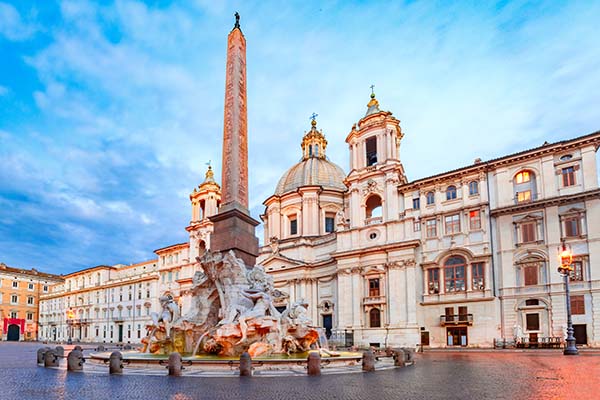
2. Check out local markets and delis for their fresh produce, the backbone of Italian cooking. Restaurants in close proximity tend to take advantage of these resources, ensuring your plate will be filled with the most flavorful ingredients of the season.
3. Peer through the restaurant window and look for menus in Italian, rather than a multitude of languages. This is a sure sign that locals dine here. However, if the menu is as thick as a novella and features pictures of the dishes, run as far away as you can. Authentic Italian restaurants know their food doesn’t need visual aids. Instead, they offer menus that change regularly based on seasonality and the chef’s creativity.
4. Watch for eateries bustling with locals or listen for the melodic chatter of the Italian language – these are usually good indicators of a restaurant’s authenticity. And remember, don’t be put off by a stylistically rustic interior; Italians judge a restaurant by its food, not its decor.
With those nuggets of wisdom, you’re now ready to navigate Italian dining with confidence. Be bold, be adventurous, and most importantly – buon appetito!
Mastering the Art of Coffee Ordering in Italy

Italy is synonymous with coffee and has an unending love for it. But the coffee culture changes throughout the day; there are certain drinks that are reserved for the mornings and others that are more suitable after a long, delicious dinner. And oh, don’t just ask for a “latte” unless you’re looking to get a glass of milk, because, in Italian, latte simply translates to milk.
Now, let’s dive into what a full day of drinking coffee looks like in the land of espresso.
Morning is Espresso Time
In Italy, the day starts with “un caffè“, or “espresso”. Served with sugar on the side, this rich, tiny cup of coffee is a traditional way to wake up in Italy. Often paired with a sweet pastry, it’s the only time when indulging in dessert-for-breakfast isn’t only acceptable but encouraged.
For those who prefer a creamier experience, the ever-ubiquitous “cappuccino”, with its smooth blend of espresso, steamed milk, and froth, is a must. And don’t forget the “marocchino”, a decadent blend of espresso, frothed milk, and a dusting of cocoa powder? Ah, the joys of an Italian morning!
Lunch Time is Still Espresso Time
Around midday, Italians stick to a simple “caffè“, or espresso. Resist the temptation to order a cappuccino; in Italy, cappuccinos are strictly reserved for breakfast – asking for one after 11 am would be seen as a faux pas (although, less so lately than it used to be).
Or if you’re looking for another classic coffee, go for a “caffè lungo”. This ‘long coffee’ is essentially an espresso with more hot water, making it less concentrated and closer to the familiar taste of an Americano. Just the right drink to stretch out a leisurely Italian lunchtime experience a bit longer.
Afternoon Catch Up With a “Corrected” Adult Coffee
As the day progresses, you may come across “caffè corretto”, which is an espresso with either grappa or brandy, or a “caffè macchiato” – an espresso with a dollop of frothed milk.
After-Dinner: Italy’s Secret Caffè
To cap off a delightful meal, many Italians wrap up their dining experience with a cup of “caffè d’orzo“, a charmingly mild, caffeine-free alternative to regular coffee. Crafted from barley, this unique brew offers a soft, toasted flavor, making it a delectable treat to linger over after dinner. If you are still up for some caffeine, espresso or macchiato is still the way to go at this time.
Regional Cuisine Highlights: The Many Flavors of Italy
While you often hear people saying the “love Italian food” (I am guilty of said expression), the fact is that there isn’t just ONE Italian cuisine. Instead, the food varies across regions and even down to town level. Panzanella isn’t universally made the exact same way throughout Tuscany, so expect to embrace the local variations of even the most well known Italian dishes. Let’s take a look at some of the most famous dishes from each part of the country.
The North: Piedmont & Lombardy
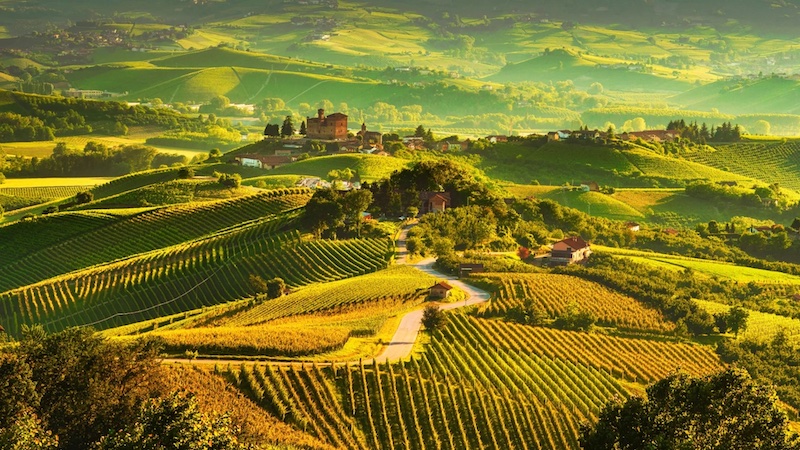
Starting up North in the region of Piedmont, which Humpty Dumpty would love to live in thanks to it being known as the ‘land of the eggs’. The region champions in egg-based pasta like the famous tajarin and the mouth-watering agnolotti. Don’t forget white truffles – they’re truly the diamonds of Piedmontese cuisine!
Moving eastwards, we find Lombardy. This region, renowned for its dairy industry, gives us the oh-so-divine Gorgonzola cheese. Meat lovers, take note; Lombardy also offers ossobuco, slow-cooked veal shank that melts in your mouth and is served with lovely polenta or saffron risotto.
The Coast: Liguria & Tuscany
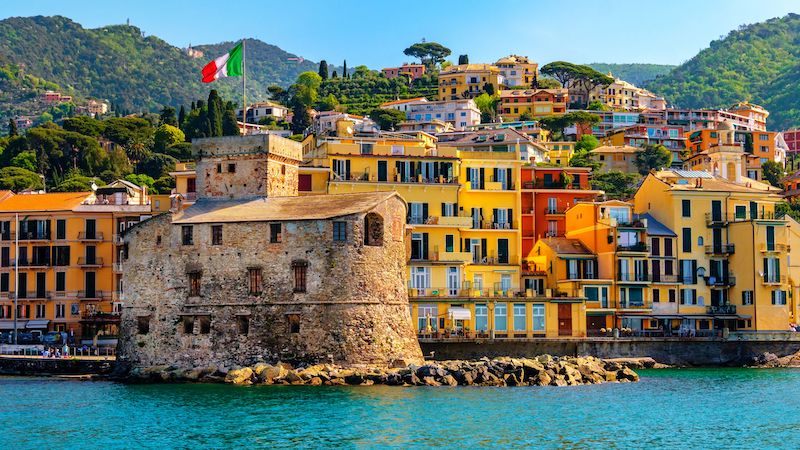
Next to the coastal region of Liguria. Culinary treasures here include the zesty pesto Genovese (best consumed while pretending to ride a Vespa), and the world famous focaccia bread.
When you think of Tuscany, think of bread like Michelangelo thought of marble – as a crucial component. Heavily featured in many Tuscan dishes, you’ll feast on bread salads like panzanella and soups such as ribollita. And, of course, no mentioning of Tuscany is complete without its robust Chianti wine.
The South: Campania & Sicily
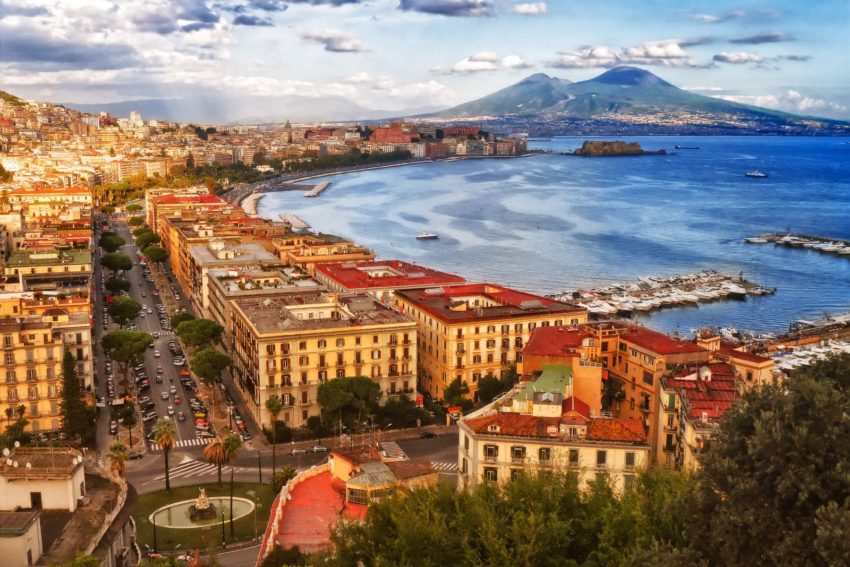
Heading south, to the sun-kissed flavor of Campania. Birthplace of pizza, we owe Campania a lifetime of thanks. To wash down that pizza, try some limoncello, a sweet, lemony liqueur that zings your taste buds in the most delightful way.
Last but not least, the island of Sicily. You’ll find Arab influences in dishes like couscous alla Trapanese. Don’t forget to try cannoli, a tube shaped pastry filled with delicious ricotta cream. It’s the stuff that dessert dreams are made of.
Every region in Italy has its own heart, its own soul, and certainly, its own unique way to cook.
Drinking Like a Local: Understanding the Italian Wine List
We’ve navigated the food; now let’s talk wine. Why? Because in Italy, wine is king. Italians have been crushing grapes and exulting in the delights of vino for more than four millennia, and, quite understandably, they have become very, very good at it.
Wine is a quintessential part of the Italian dining experience. It is the knot that ties the meal together. When given the wine list, don’t get nervous, just remember a few basic Italians terms. Maybe, you’re all about that ‘rosso’ (red wine), or favor a soft and poised ‘bianco’ (white wine). Or perhaps, you’re more inclined to a ‘rosato’ (rosé). Knowing what you prefer is always step one to wine mastery.
‘Vino da tavola’ are your table wines, and they’re the entry point of Italian vinos, but don’t let the ‘table’ in the name fool you. Many of these wines show off the delightful simplicity of Italy’s vineyards and can be an utter joy to drink. Next up the wine ranking we have ‘IGT’ (Indicazione Geografica Tipica), which provides more specificity about where the grapes for your wine were grown.
If you’ve set your sights a wee bit higher, you may aim for ‘DOC’ (Denominazione di Origine Controllata) and ‘DOCG’ (Denominazione di Origine Controllata e Garantita), Italian wines’ crème de la crème. They tell you that your wine comes from a specific region and meets high quality standards. But remember. What matters most is not the label, but whether the wine speaks to YOU. But what are some wines you should at least try in different parts of the country?
Sauvignon from Friuli Venezia Giulia
Let’s say you are in the serene landscapes of Friuli Venezia Giulia, it would be a sin not to sip the region’s Sauvignon. Irresistibly refreshing with its lively acidity and with notes of grapefruit. Enjoy it with traditional risotto or fish dishes, and you’ll have written a beautiful Italian memory worth returning to.
The Reds of Tuscany
Tuscany, the heartland of Italy’s natural majesty. Here, red wine rules supreme, from Chianti with its bright cherries tang to Brunello di Montalcino’s dark-berry richness. These radical reds do not shy away from the spotlight and demand a bold food partner to pair with – think savory wild boar or a hearty steak Florentine.
Dolcetto of Piedmont
Then we have Piedmont, the land that awaits you with the divine Dolcetto. A wine that’s amiable in approach and substantial in deliverance. Its name translates to ‘little sweet one’, but it’s a medium-bodied red with dry and rich notes, equally generous in fruit as it is in the tannins. Paired with the famed truffle dishes of the region, this is the kind of wine that turns a simple meal into a feast.
Crisp Pinot Grigio from Veneto
Moving further east, Veneto gives the world juicy, crisp Pinot Grigio. This white wine is the cool breeze on a hot Venetian day, the crisp apple bite, a sigh of citrus. And what’s beautiful about it is its affinity with seafood, making it the perfect accompaniment to that lagoon-or-sea-to-table meal you’ve been yearning for.
Le Marche’s Verdicchio: A Green Sparkling Gem
Last, but by no means least, let’s head over to Le Marche region, where Verdicchio is a point of pride. Yes, ‘verde’ translates as ‘green’, and this wine colorfully lives up to its name, with a fresh and slightly bitter note that makes it kin to the sea itself. An exceptional seafood partner, it’s the green sparkling gem you never knew you needed to discover.
When to Order What: Timing Your Meals Like an Italian
Before we dive headfirst into this, remember that every Italian is an individual. Not everyone will religiously follow every guideline laid out here, but these suggestions would still be a good starting point for those looking to blend in during their Italian journey.
A typical morning starts, not with a full blown American-style breakfast, but with the simple pleasure of a light ‘colazione’ or breakfast. Don’t be surprised to find that the local are content with a quick espresso and a sweet roll or biscotti; food isn’t necessarily the star performer here, conversation takes center stage.
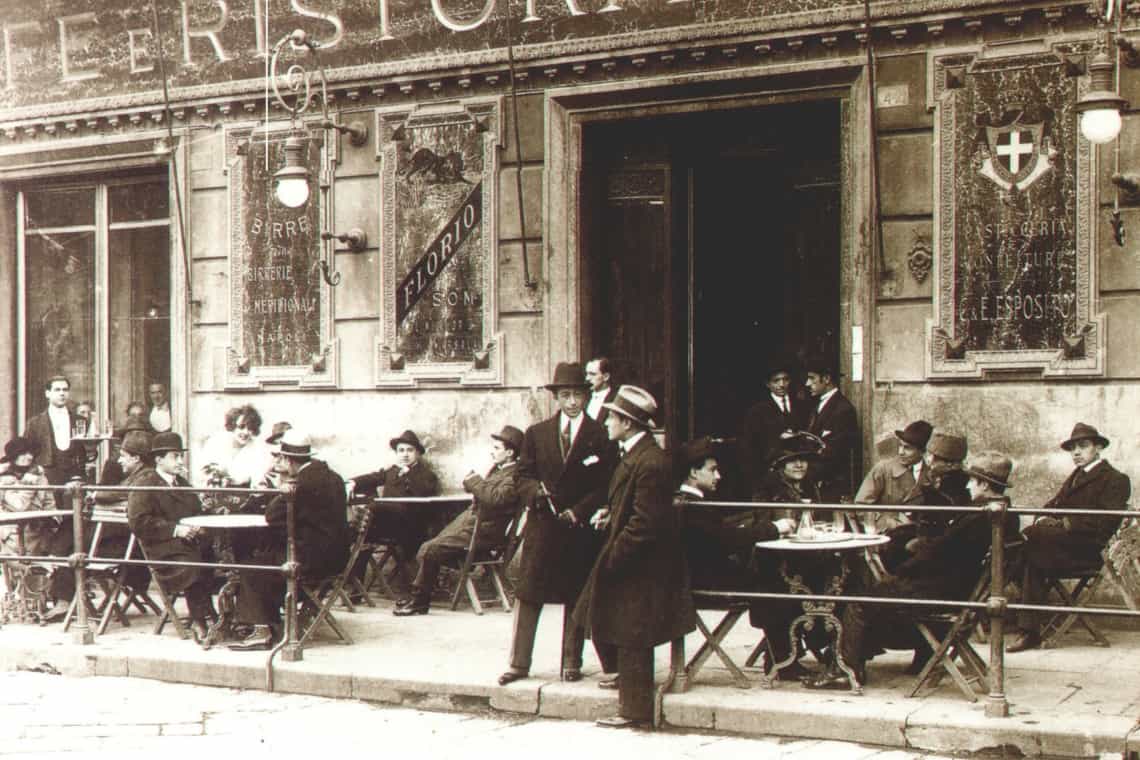
For ‘pranzo’ or lunch, which typically kicks off anytime between 12:30 and 2:00 PM, you may see the Italians indulging in a more substantial meal. A tip from my personal experience – follow the locals. If you see folks flocking into a restaurant at a certain time, chances are, that’s when you want to be there. Ask what they are having, and follow suit!
If you’re someone fueled by caffeine, the Italians have got you covered. ‘Merenda’, the afternoon snack break, is often just an excuse for another rendezvous with coffee.
Enter ‘cena’, or dinner, the prime time for Italian gastronomy. This meal usually begins at about 8 PM or later. And unlike in many other cultures, the Italian dinner isn’t hastily chewed down; rather, it’s a slow affair, teeming with banter, hearty laughs, and animated discussions. So come prepared for a laid back, multi-course extravaganza.
Ten Must-Try Dishes When You Travel to Italy
1. Risotto Alla Milanese, Lombardy
This iconic Northern Italian dish hails from the fashion-forward city of Milan, Lombardy’s crown jewel. Risotto Alla Milanese is a golden beauty that owes its flavor and hue to saffron threads. With a rich, creamy texture offset by the slight crunch of Arborio rice, this dish is as luxurious as it is comforting.
2. Ossobuco, Lombardy
Another specialty from Milan, Ossobuco is a slow-cooked, tender veal shank that literally melts in your mouth. Pair it with a scoop of Risotto Alla Milanese and you have a classic duo of Lombardian gems on your plate.
3. Bistecca Alla Fiorentina, Tuscany
The Tuscan kitchen might have a reputation for simplicity, but with dishes like Bistecca Alla Fiorentina, who needs complexity? This traditional dish consists of a hefty T-bone steak grilled to perfection and seasoned with nothing more than Tuscan olive oil, salt and pepper.
4. Carbonara, Lazio
This classic staple hails from Lazio, the region home to the eternal city of Rome. Requiring no more than eggs, pecorino cheese, guanciale, and pepper, a true carbonara is a creamy delight – not a heavily sauced calorie bomb.
5. Pizza Napoletana, Campania
Not all pizzas are created equal and Pizza Napoletana stands tall on a rich tradition from the streets of Naples. Featuring a thin, soft and chewy crust, topped with tomatoes and mozzarella, this is Campania’s pride.
6. Lasagna alla Bolognese, Emilia-Romagna
Think about lasagna, and probably an image of layers of pasta, cheese, and tomato topping comes to mind, right? But hold on a sec! Let’s hop oover to sunny Emilia-Romagna. Here, a classic Lasagna alla Bolognese ditches the tomato sauce for a mouthwatering white béchamel and a generous kick of slow-cooked, rich meat ragù.
7. Tiramisu, Veneto
Tiramisu – it’s that legendary dessert that woos you with its creamy sweetness, gets you giggling with a hint of coffee, and then suddenly leaves you longing for another bite. Notorious for sparking off ‘who makes it best’ debates among Italian families, this Venetian delight is a confluence of coffee-soaked ladyfingers layered with a creamy concoction of mascarpone, eggs, and sugar.
8. Orecchiette con Cime di Rapa, Puglia
Shaped like little ears (which is exactly what ‘orecchiette’ means), these adorable pasta pieces from Puglia are typically paired with turnip tops (cime di rapa). The slightly bitter undertone of the turnip tops perfectly contrasts with the sweet garlic, punchy anchovies, and a sprinkle of fiery peperoncino.
9. Arancini, Sicily
Now, on to Sicily. And what better introduction to this sun-drenched island than Arancini? These golden, breaded, and deep-fried balls of risotto are a staple of Sicilian street food. And believe me, they’re as divine as they sound. Imagine biting into the crisp exterior to encounter a warm, creamy heart of risotto, oozing mozzarella, and often ragù or ham.
10. Gelato, All over Italy
Did you really think we’d leave out Italy’s crowning glory? But of course not! Gelato is the king of Italian desserts and a must-try regardless of which region you’re in. Now, ‘gelato’ might colloquially translate to ‘ice cream,’ but trust me, the two couldn’t be more different. Gelato is richer yet somehow lighter, creamier yet less fatty, and, for my money, infinitely more divine.
Five Delicious Under the Radar Italian Dishes that you Should Try in Italy
So, now that we’ve cleared some of the famous must-eats across Italy, let’s dive a little deeper? Italy is full of culinary surprises that are just waiting to be discovered, tasted, and loved. So let’s take a look at some amazing Italian dishes that have yet to become world famous – but are still absolutely delicious and should go on your “to eat” list on your trip.
1. Pizzoccheri, Lombardy
Starting us off is the lovely “Pizzoccheri”, which hails from Lombardy. This indulgent pasta dish is made from buckwheat tagliatelle, melted cheese, garlic-sautéed greens, and generously dusted with Parmigiano Reggiano. It’s a feast for the senses and an utterly divine cheesy experience.
2. Farinata, Liguria
Next up is the “Farinata” — a mouth-watering, relatively unknown superstar from Liguria. Think of this as a crispy, golden pancake made entirely from chickpea flour. It’s marvelously thin and crunchy, with the center being slightly soft. Best enjoyed fresh from the oven, the Farinata is a fabulous and gluten-free treat that’s not to be missed.
3. Francobolli, Emilia-Romagna
Blink, and you might miss them! Named after their postage-stamp size, “Francobolli” are delightful ravioli originating from Emilia-Romagna. They are tiny pockets of pasta joy filled with a range of ingredients – from cheese to meats or vegetables. Paired with a simple butter sage sauce, each mouthful of Francobolli is basically a delicious culinary postcard from Italy.
4. Torta Pasqualina, Liguria
Traditionally served during Easter, the “Torta Pasqualina” is a Ligurian specialty that deserves to be feted year-round. It’s an intriguing savory pie, composed of thin layers of pastry stuffed with chard, cheese, and perfectly intact eggs. When sliced, each piece reveals a beautiful, sun-like yolk center.
5. Sfogliatella, Campania
Let’s end in Campania with the sweet and crunchy “Sfogliatella”. This shell-shaped pastry has thin, crackling layers of dough filled with a sweet, citrus-infused ricotta filling. With its amazing aroma and contrasting textures, you’ll soon find that one Sfogliatella is never enough.
And there you have it. A perfect ending to your Italian adventure, where you seek out some more under-the-radar dishes and confidently eat your way through the most delicious food culture in the world. Happy Eating – “Buon appetito!”




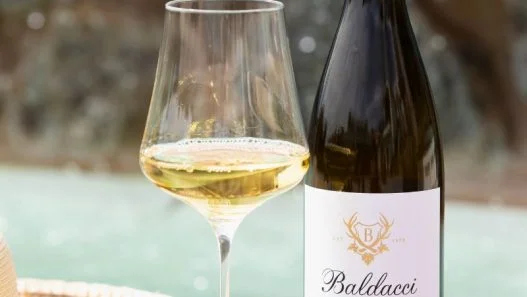







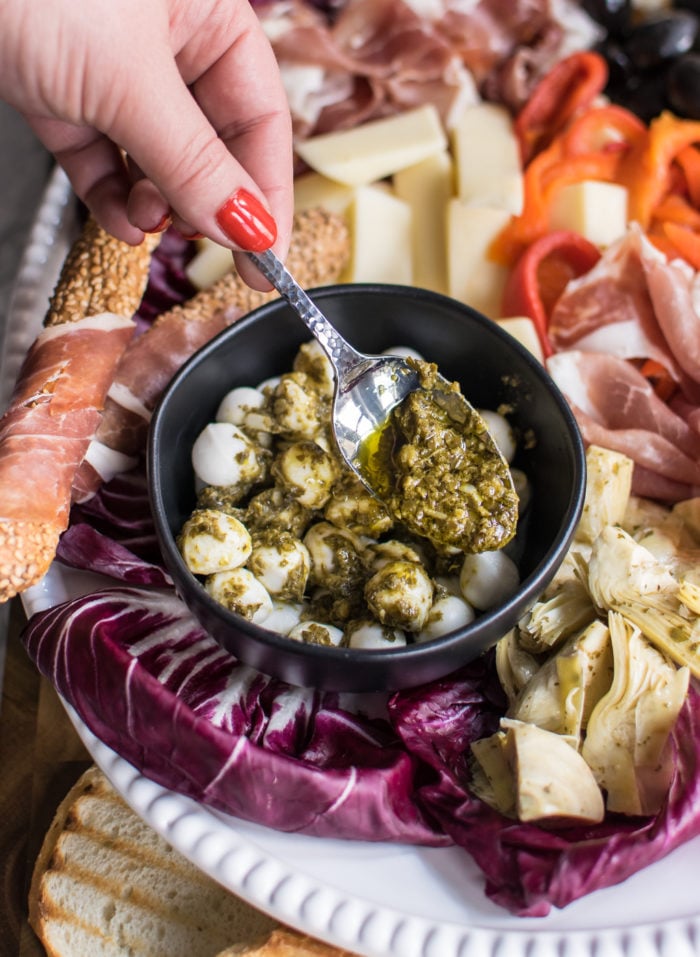

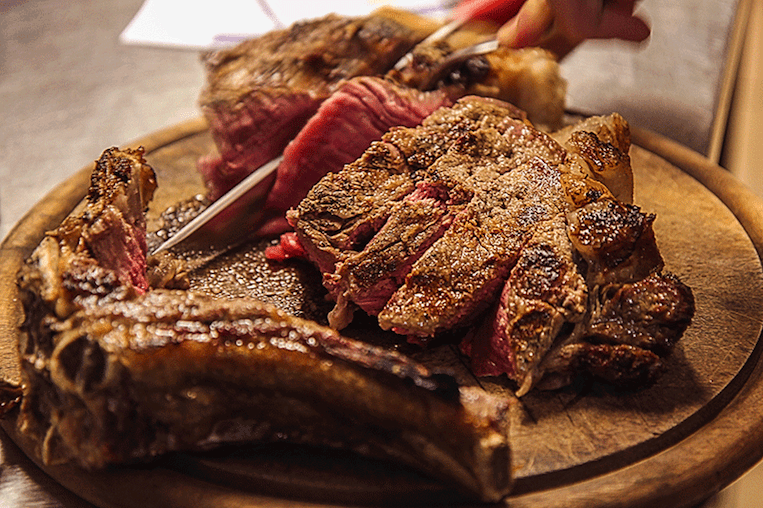
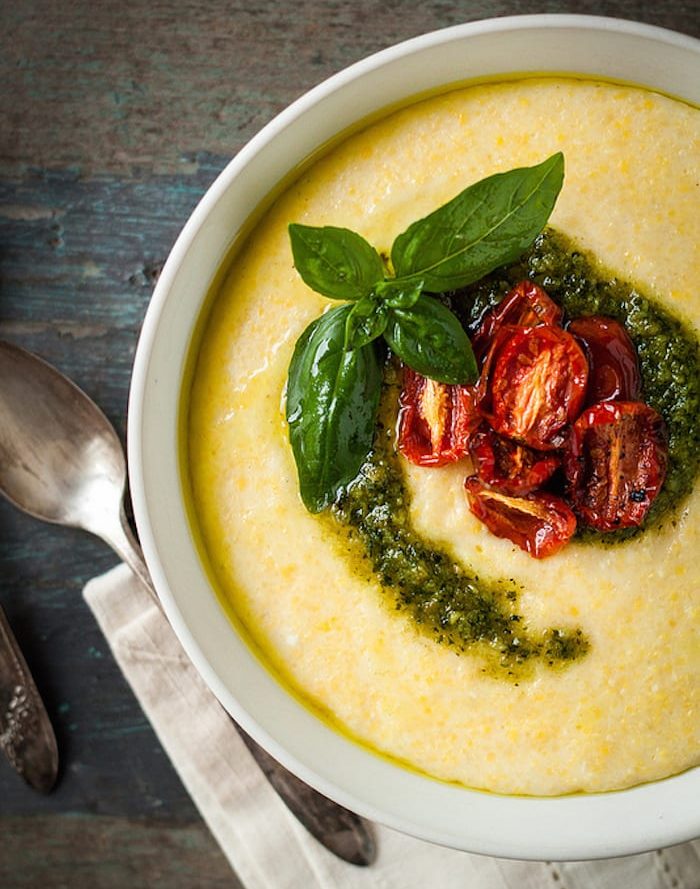
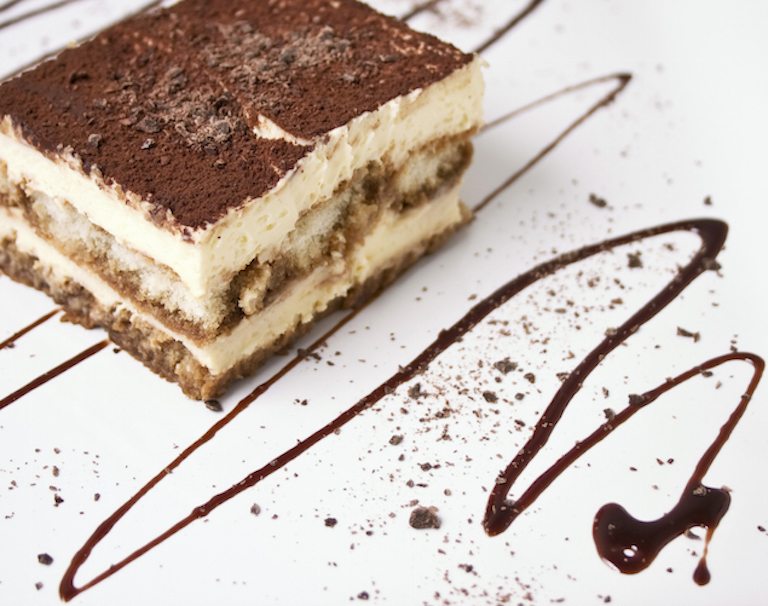

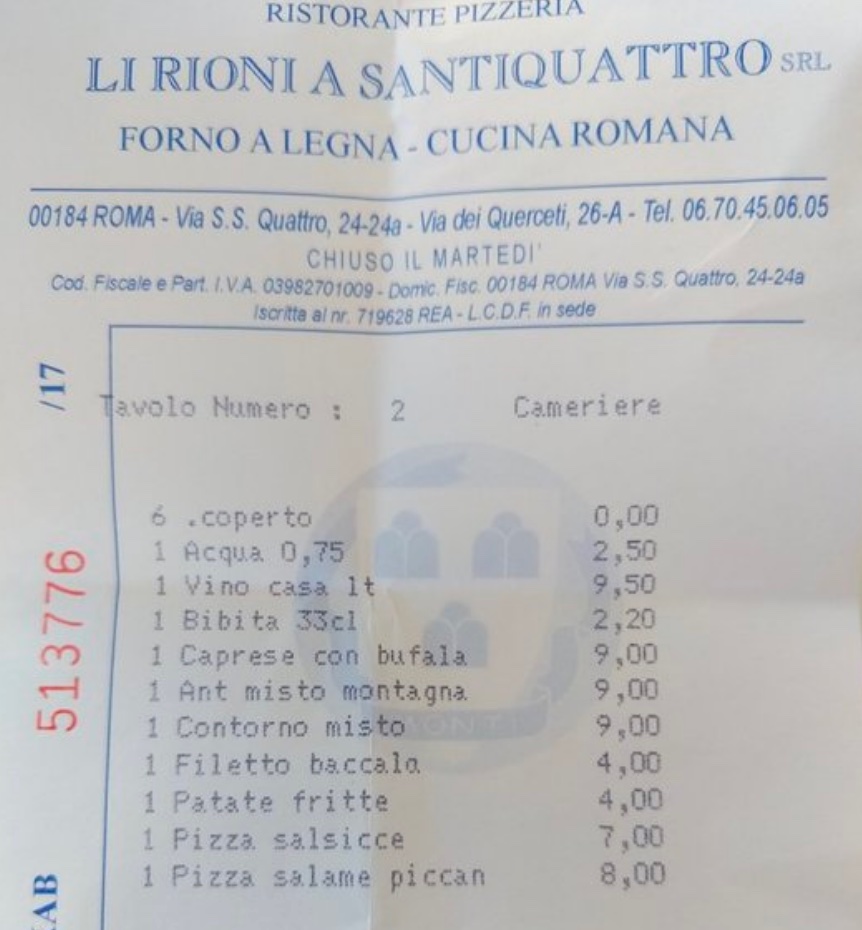
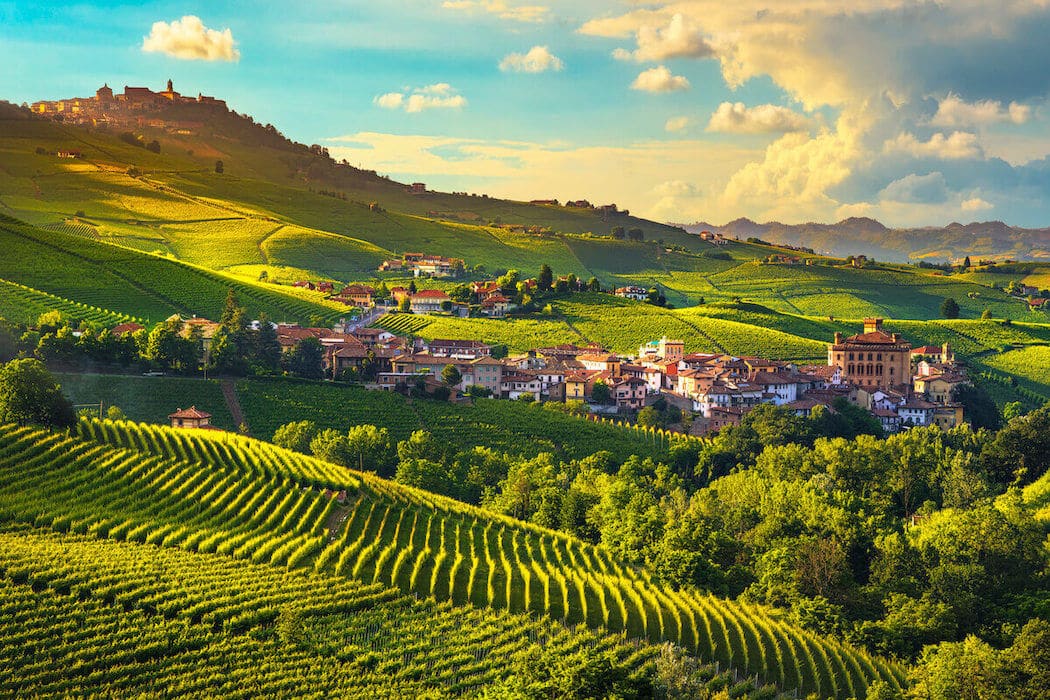
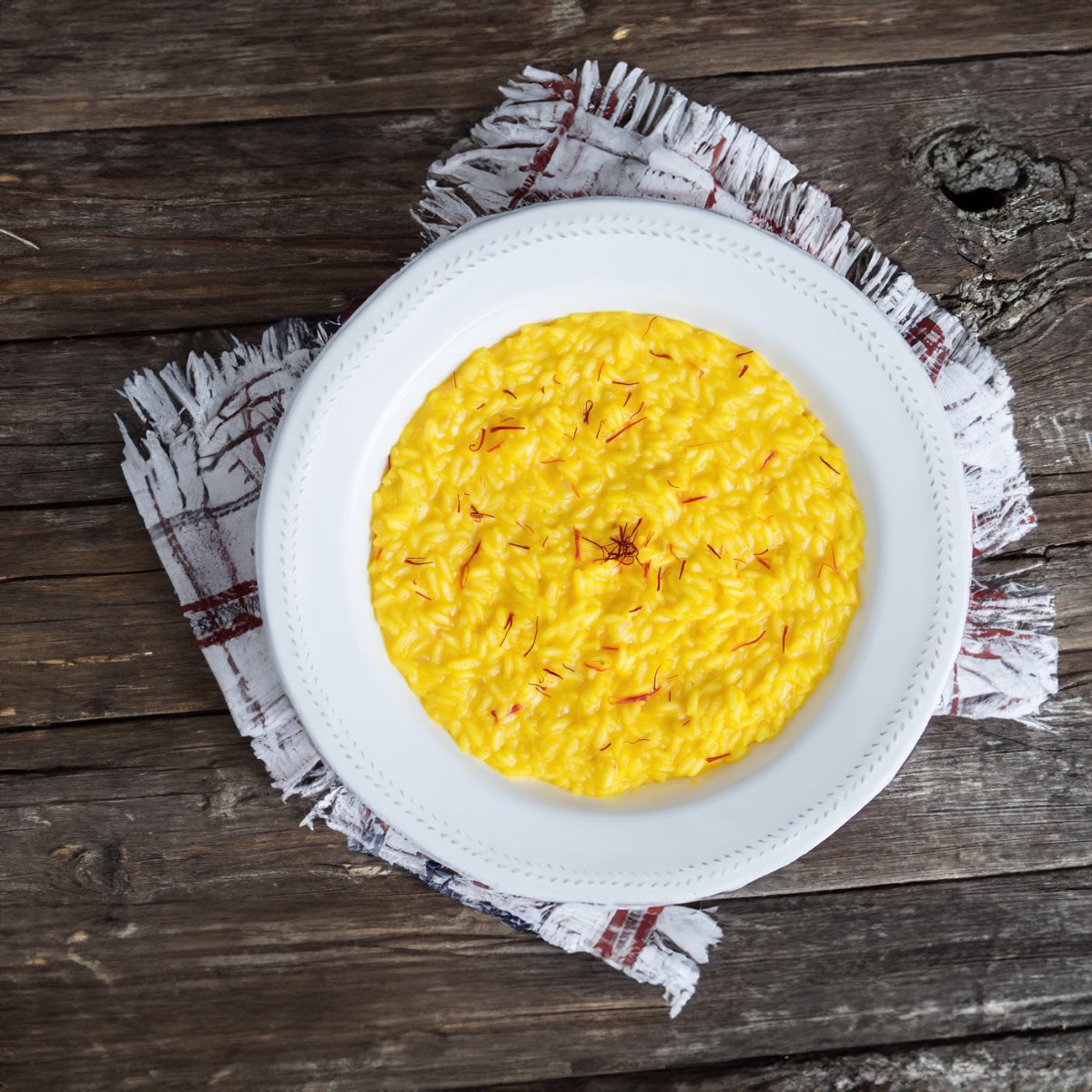


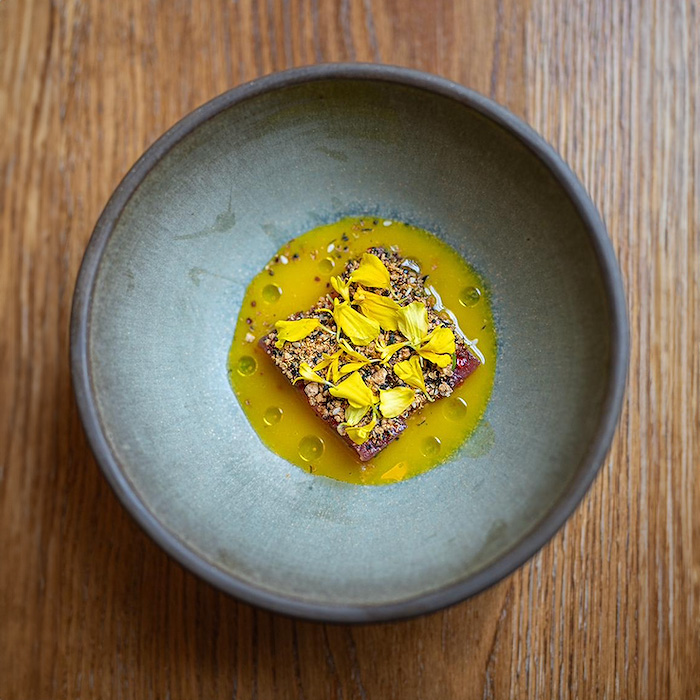

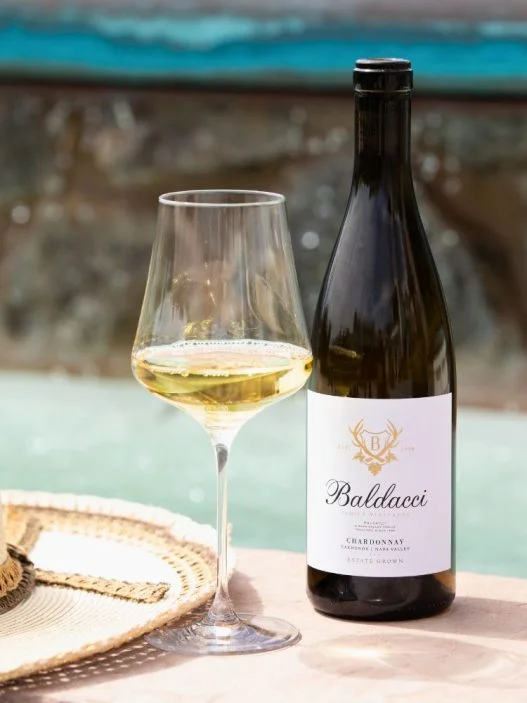









Haha, dang, I did order a cappuccino in the evening too!! Lucky for me, they didn’t roll their eyes (at least not to my face)!
These are really some great tips, I feel a little self aware that I have ordered a Cappuccino in Italy in the afternoon on several occasions though :D
This is absolutely perfect for my upcoming summer trip to Veneto!
We’re waiting to you here in Vicenza, the city of Andrea Palladio. If you want we can offer to you a typical dinner in our Trattoria Amabile dal 1954, on the hill near the city!! :)
Wow your restaurant looks amazing, such fabulous looking food!
Love this article, thank you!!